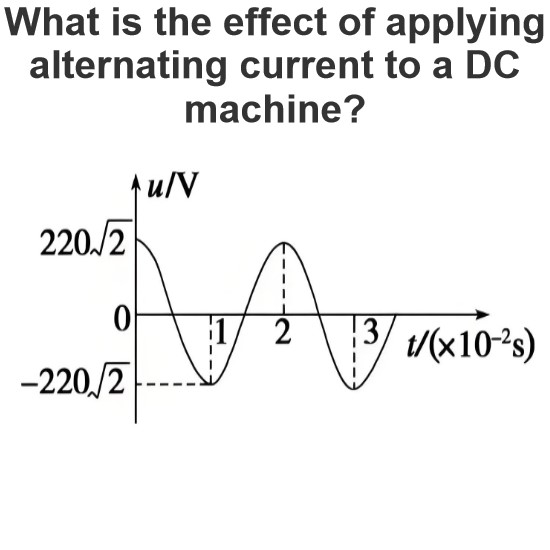What are ABCD Parameters ?
What are ABCD Parameters ?
ABCD Parameters Definition
ABCD parameters are used to model transmission lines in a two-port network, linking input and output voltages and currents.
ABCD parameters (also known as chain or transmission line parameters) are generalized circuit constants used to help model transmission lines. More specifically, ABCD parameters are used in the two port network representation of a transmission line. The circuit of such a two-port network is shown below:
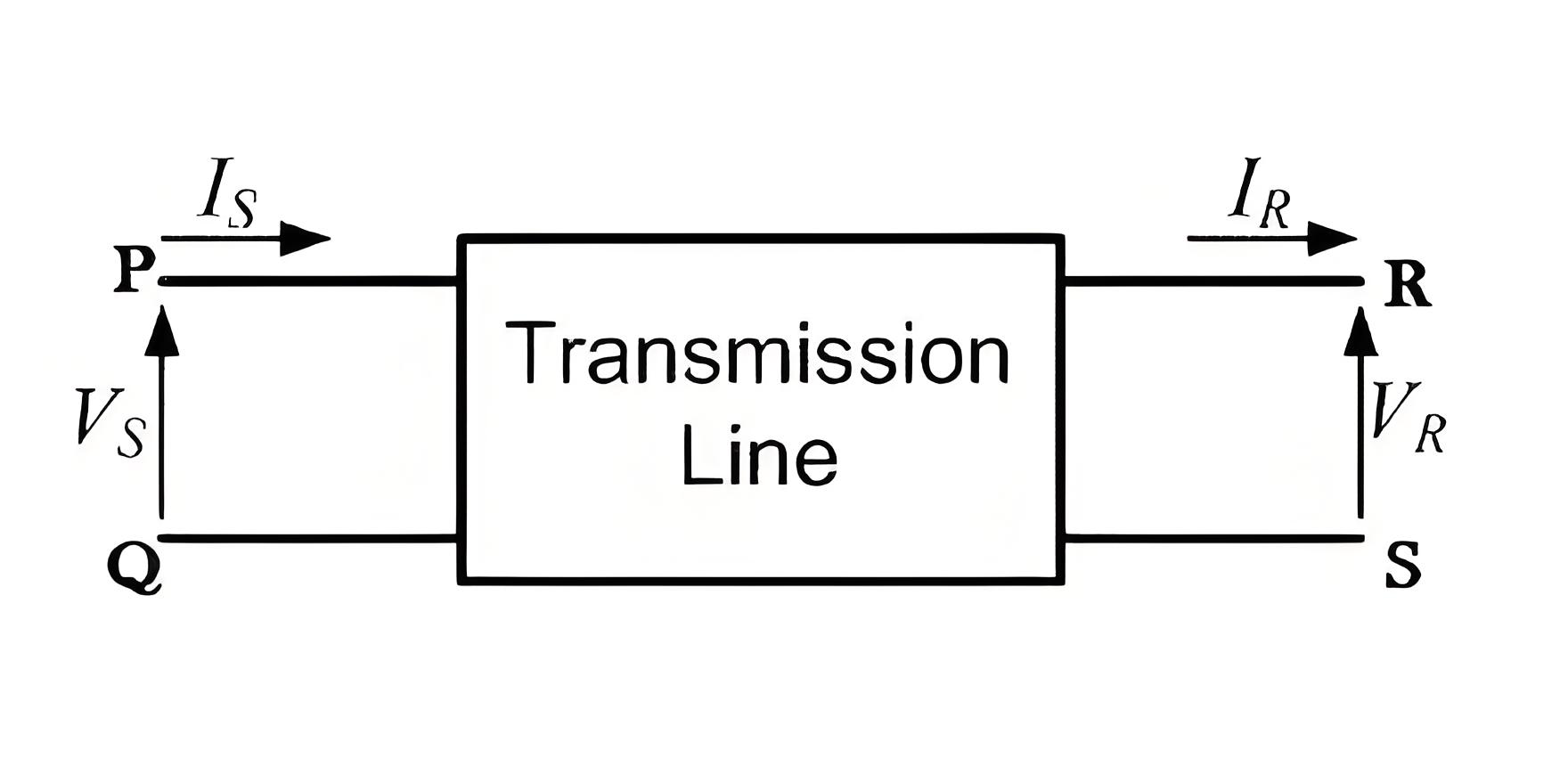
ABCD Parameters of a Two Port Network
A two-port network features an input port PQ and an output port RS. In this 4-terminal network—linear, passive, and bilateral—the input voltage and current are derived from the output counterparts. Each port connects to the external circuit via two terminals. Thus it is essentially a 2 port or a 4 terminal circuit, having:
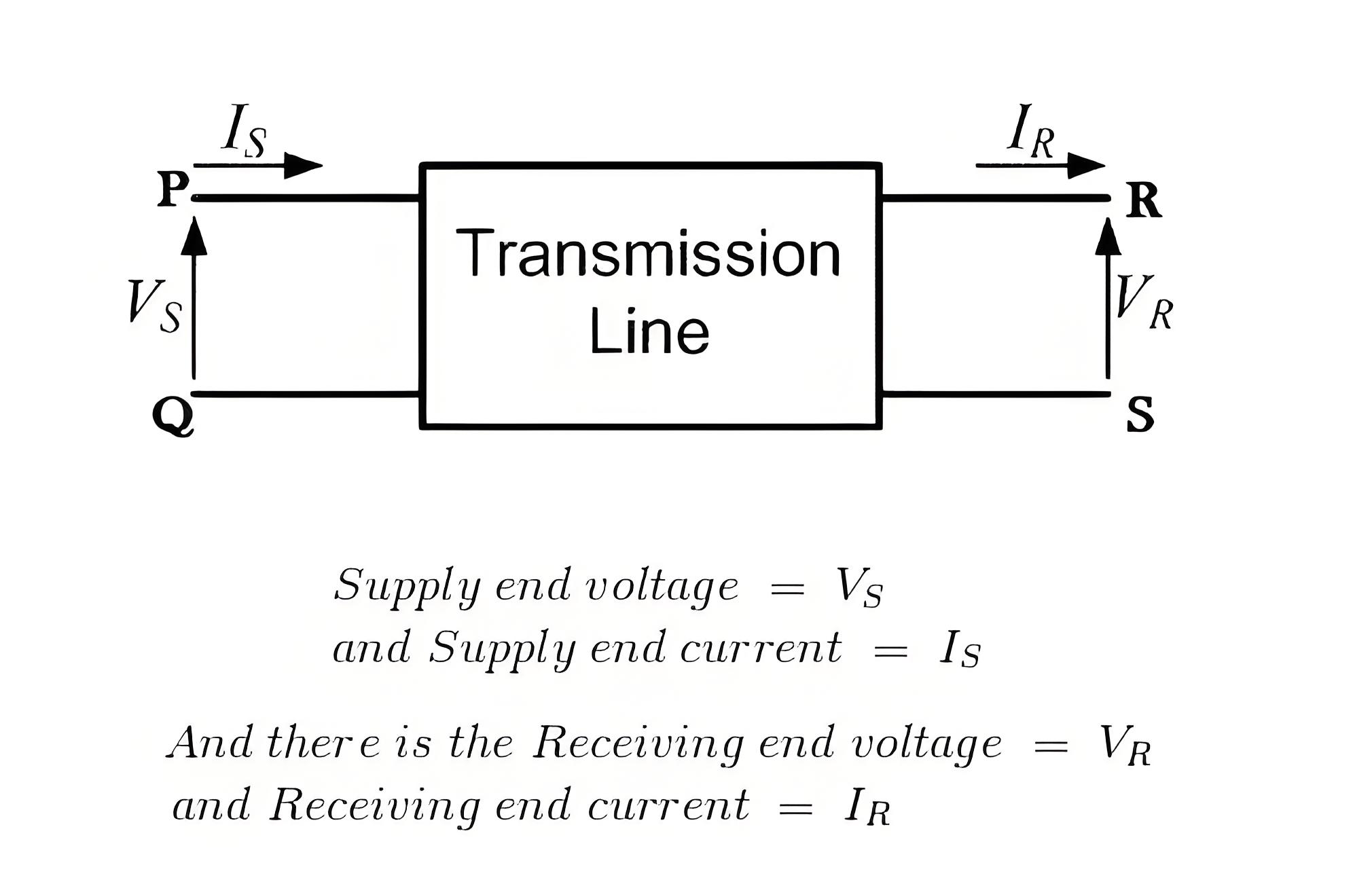
Given to the input port PQ.
Given to the output port RS.
Now the ABCD parameters of the transmission line provide the link between the supply and receiving end voltages and currents, considering the circuit elements to be linear in nature.
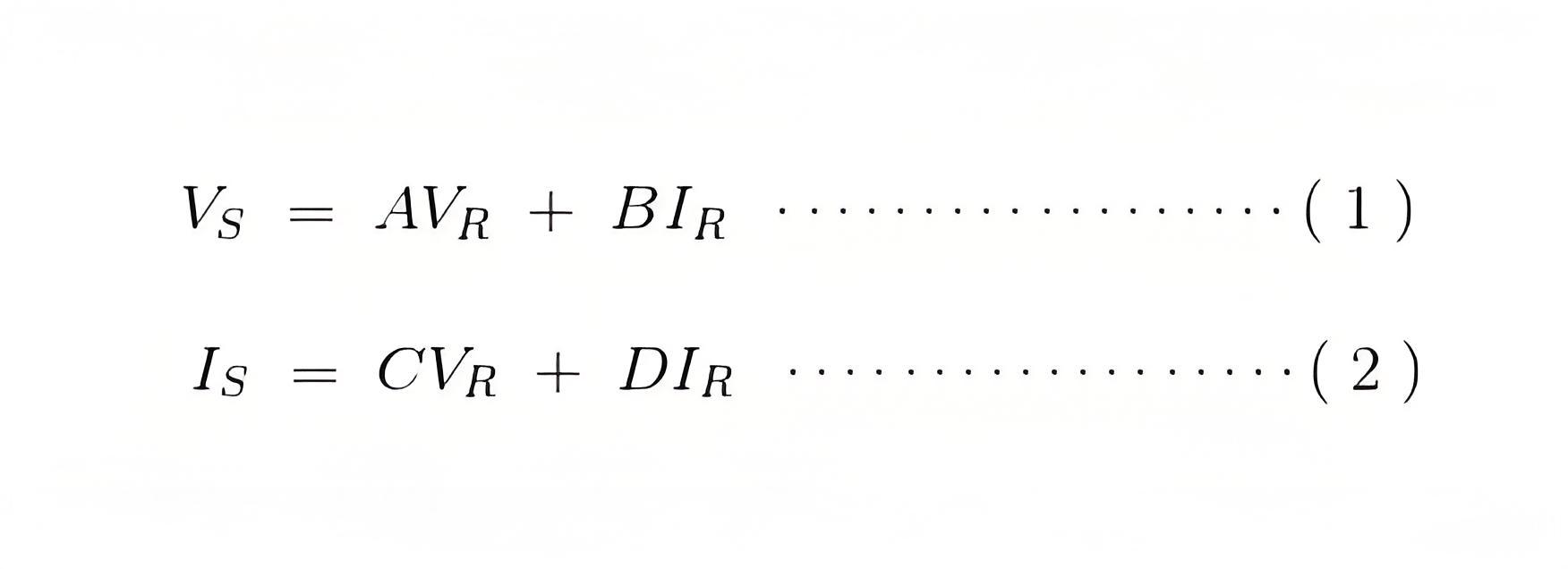
Thus the relation between the sending and receiving end specifications is given using ABCD parameters by the equations below.Now in order to determine the ABCD parameters of the transmission line let us impose the required circuit conditions in different cases.
Open Circuit Analysis
With the receiving end open, parameter A shows the voltage ratio, and C represents the conductance, crucial for system analysis.
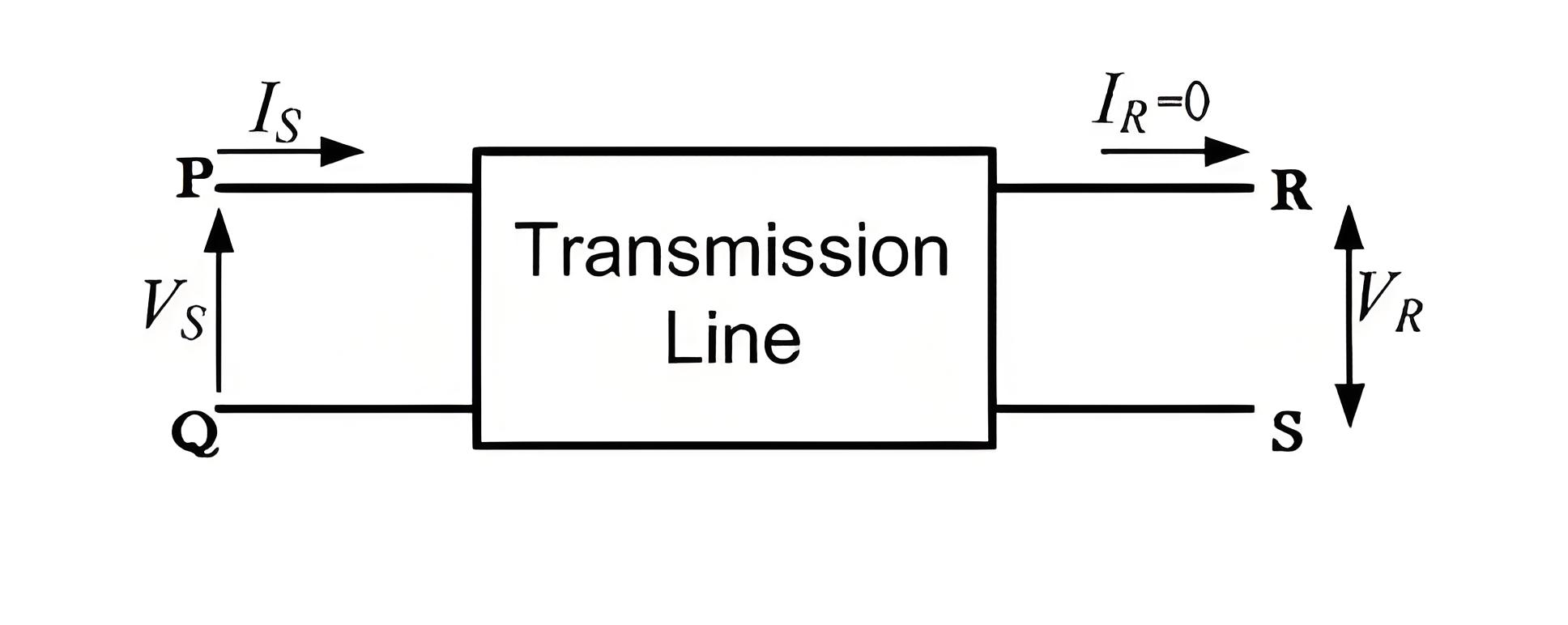
The receiving end is open-circuited meaning the receiving end current IR = 0.Applying this condition to equation (1) we get,
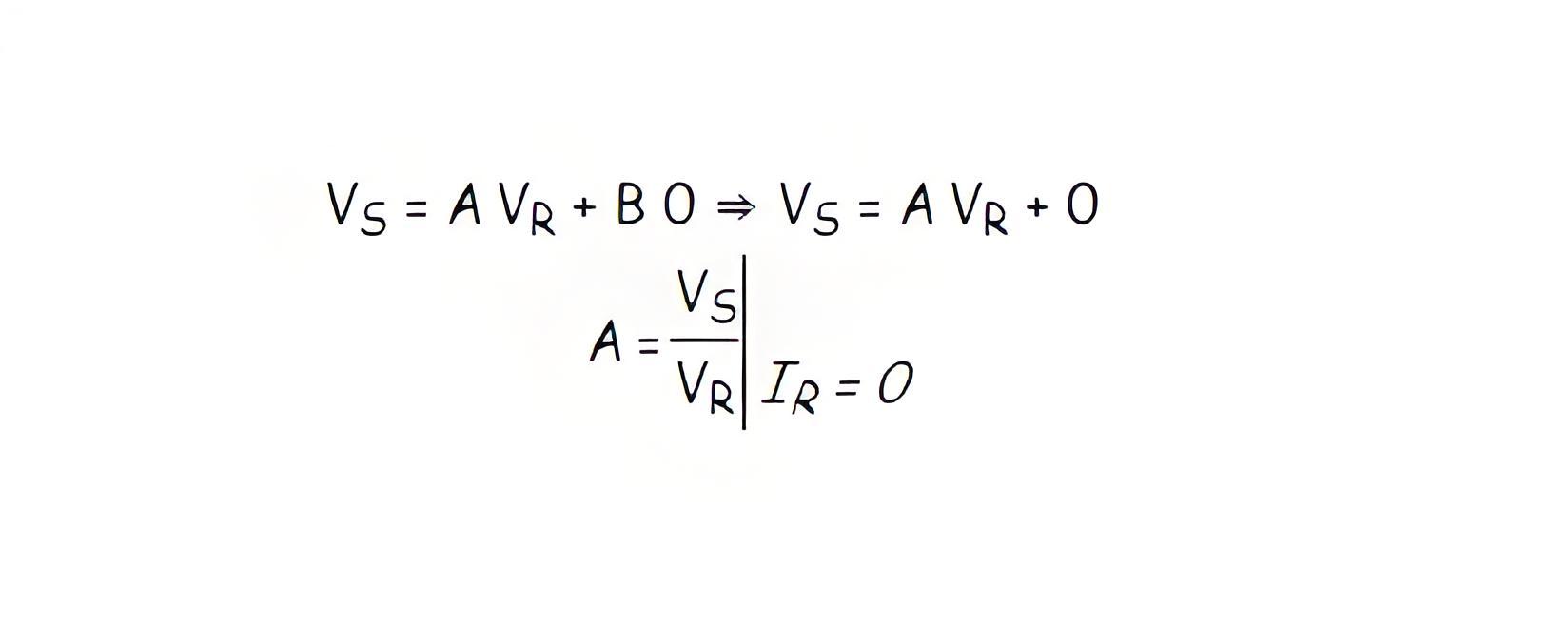
Thus it’s implied that on applying open circuit condition to ABCD parameters, we get parameter A as the ratio of sending end voltage to the open circuit receiving end voltage. Since dimension-wise A is a ratio of voltage to voltage, A is a dimensionless parameter.
Applying the same open circuit condition i.e IR = 0 to equation (2)
Thus it’s implied that on applying open circuit condition to ABCD parameters of a transmission line, we get parameter C as the ratio of sending end current to the open circuit receiving end voltage. Since dimension wise C is a ratio of current to voltage, its unit is mho.
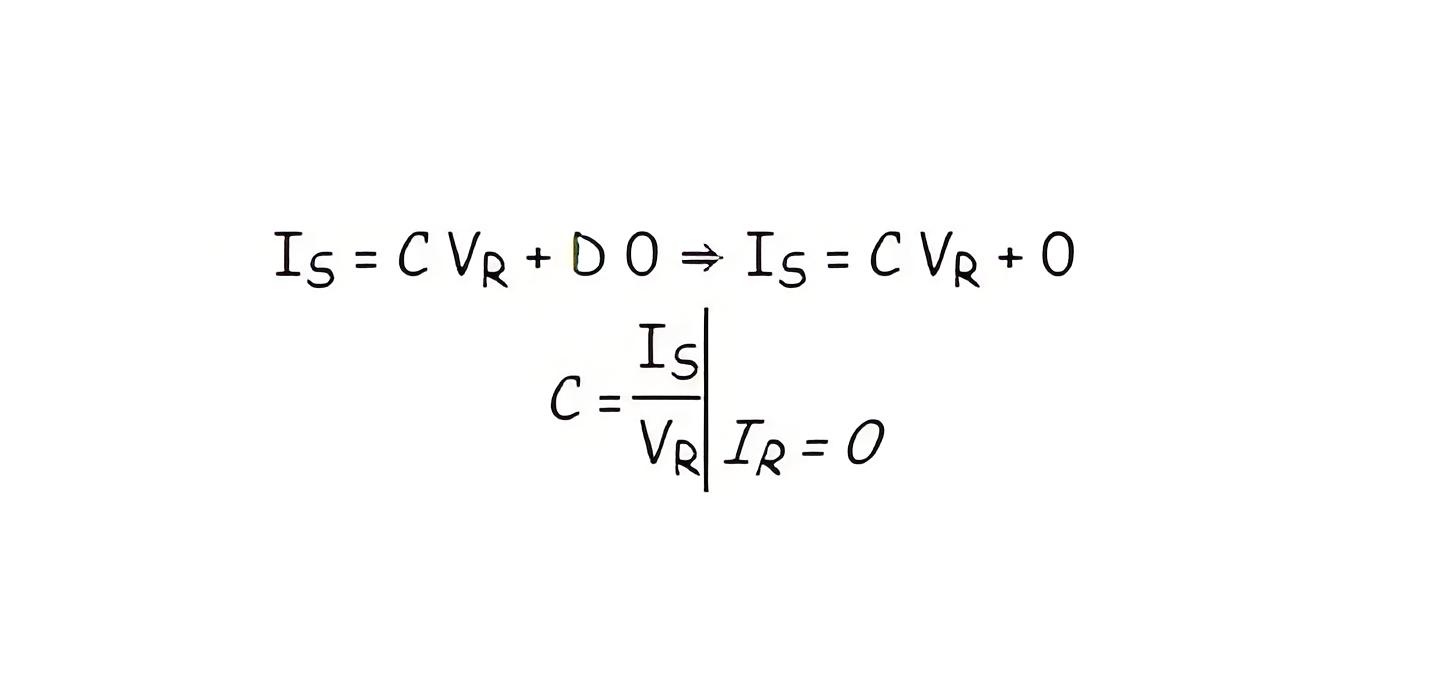
Thus C is the open circuit conductance and is given by
C = IS ⁄ VR mho.
Short Circuit Analysis
When short-circuited, parameter B indicates the resistance, and D the current ratio, essential for safety and efficiency checks.
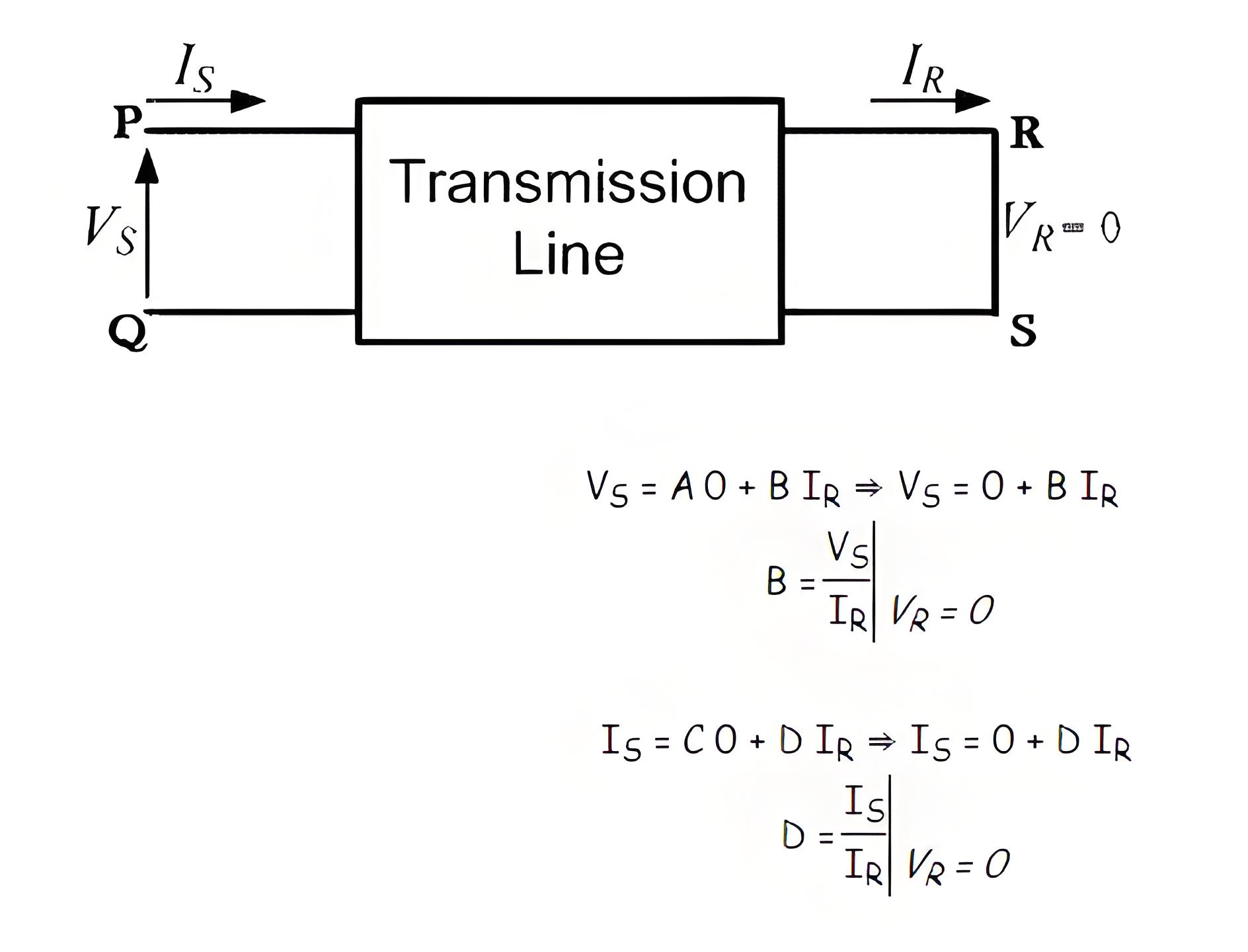
Receiving end is short circuited meaning receiving end voltage VR = 0
Applying this condition to equation (1) we get,Thus it’s implied that on applying short circuit condition to ABCD parameters, we get parameter B as the ratio of sending end voltage to the short circuit receiving end’s current. Since dimension wise B is a ratio of voltage to current, its unit is Ω. Thus B is the short circuit resistance and is given by
B = VS ⁄ IR Ω.
Applying the same short circuit condition i.e VR = 0 to equation (2) we getThus it’s implied that on applying short circuit condition to ABCD parameters, we get parameter D as the ratio of sending end current to the short circuit receiving end current. Since dimension wise D is a ratio of current to current, it’s a dimensionless parameter.
∴ The ABCD parameters of the transmission line can be tabulated as:
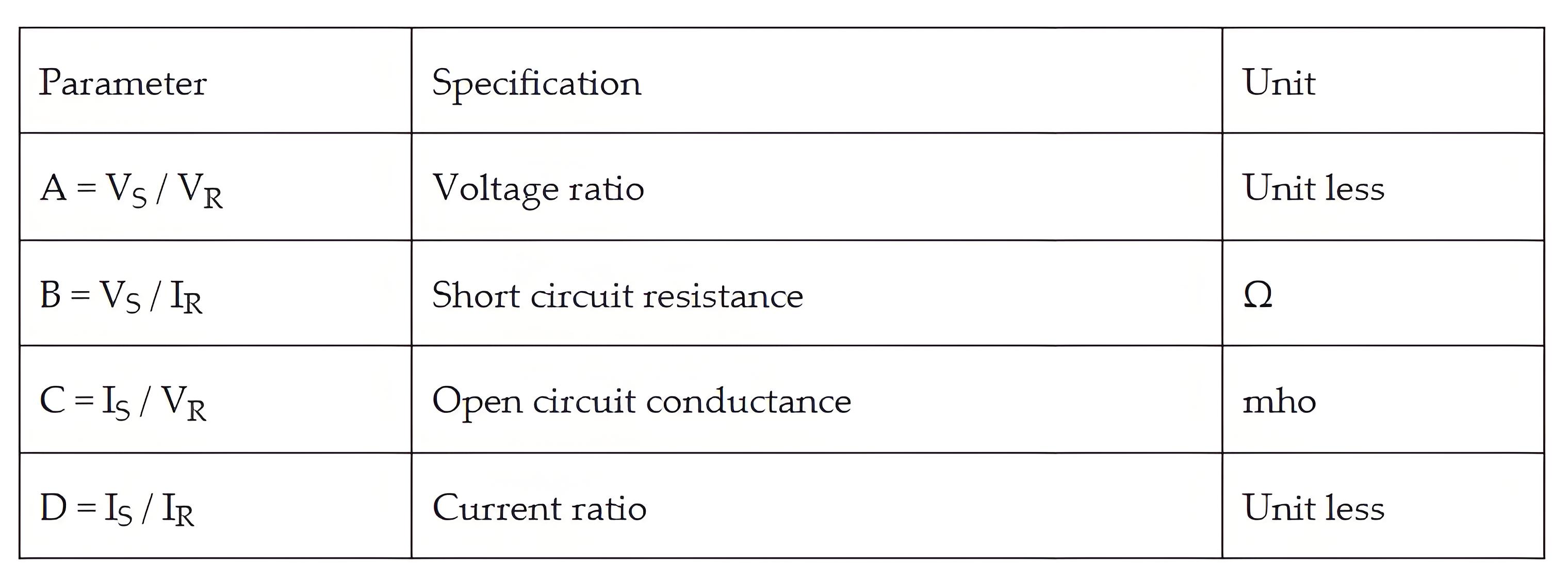
Practical Application
Understanding ABCD parameters of medium transmission line is key for engineers to ensure efficient power transmission and system reliability.
The Electricity Encyclopedia is dedicated to accelerating the dissemination and application of electricity knowledge and adding impetus to the development and innovation of the electricity industry.



